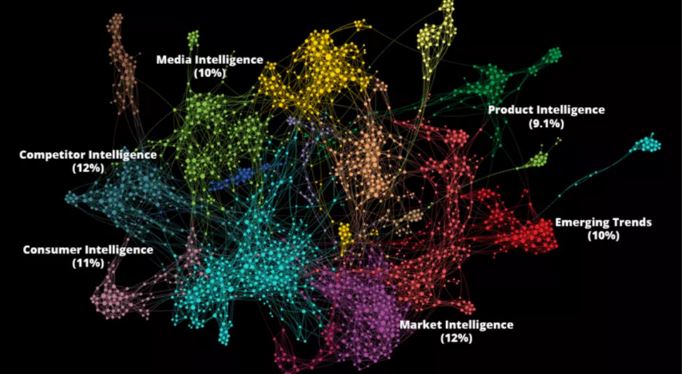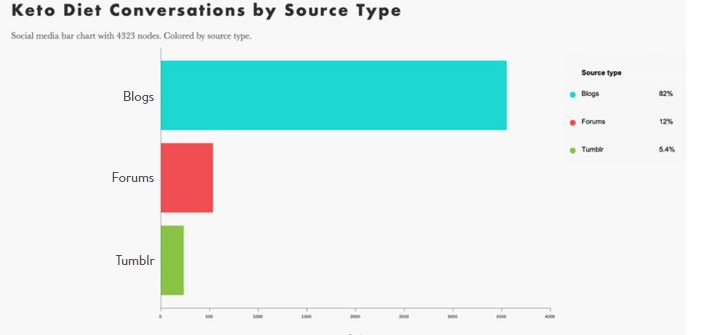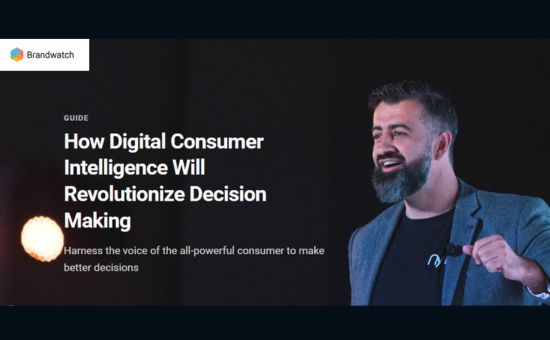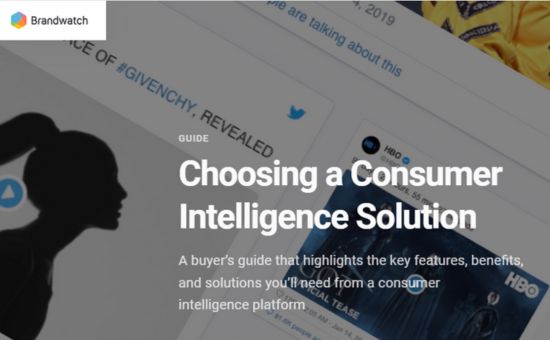How to Guide Marketing and Consumer Intelligence | Netbasequid
Consumer Behavior
Today, brands are inundated with data from a wide range of sources, including social channels, comments, reviews, surveys, and any other bit of social web insight to market intelligence.
Fortunately, brands have found that market and consumer intelligence captured using next-generation AI cuts to the chase, offering a hybrid approach that reveals precise and category-defining data. But how does the process begin, and how does everything appear? This how-to guide will provide answers to those questions while also demonstrating consumer and market intelligence in action.
Let’s go through the marketing and consumer intelligence guide!
What is Consumer and Market Intelligence?
Consumer and market intelligence provides a comprehensive overview of prospects in a given space, from both the standpoint of product development and future consumers. Keeping up with the ever-changing consumer mindset is essential for brands that want to stay on top of their game.
Everyone recalls the Herculean shift in consumer buying behavior that occurred last year at the beginning of the COVID-19 pandemic.
The chart below is for the consumer conversation about the Keto Diet happening on specific channels in the early part of 2020.
 As we can see in order, the first place is for blogs with a percentage of 82%.
As we can see in order, the first place is for blogs with a percentage of 82%.- Comes in next is forums with a percentage of 12%.
- And Tumblr with a percentage of 5.4%.
Discovery Is Where the Market Intelligence Search Starts:
There’s a lot of saying about having an overarching sense of your category, also most businesses do. However, knowing what you don’t know is the most important element than an equal number miss.
The following figure shows the market and consumer intelligence visualization showing into clusters:

The most important thing to remember is that your research should not live in a bubble. As well as the key to determining which ones have the most possibility is to connect industry movements to global developments.
Assume that the emerging trends discovered in your market research are connected by proximity to major trends.
You can take another look at the marketing and consumer intelligence guide here!
The Content of ” How to Guide Marketing and Consumer Intelligence”:
- Introduction
- Executive summary
- Findings
- What is consumer & market intelligence
- Consumer & marketing intelligence in action
- Steps to capturing consumer & market intelligence
- Discovery is where the market intelligence search starts
- Trend analysis
- Identify your audience
- Patent data and M&A intel
- Applying themes to analyses
- Conclusion: adding a layer of insight to traditional intelligence options
Number of Pages:
- 16
Pricing:
- Free
Warning: Undefined array key "sidebar_ads" in /home/dmc/public_html/wp-content/themes/DMC/functions/helpers.php on line 824
 As we can see in order, the first place is for blogs with a percentage of 82%.
As we can see in order, the first place is for blogs with a percentage of 82%.





